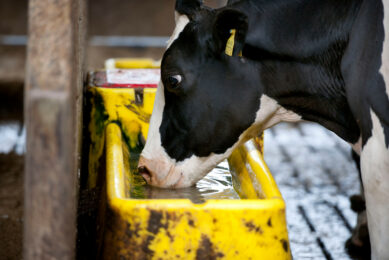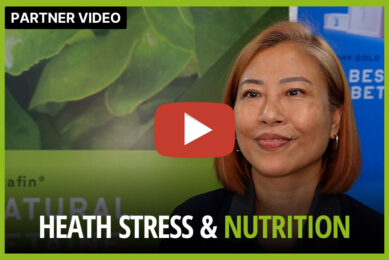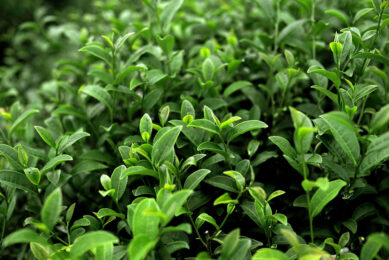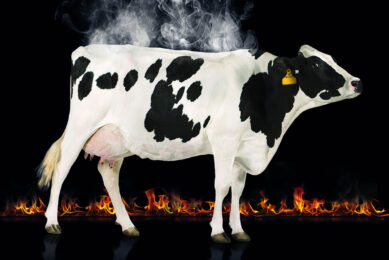7 factors that influence intake and digestibility in cattle
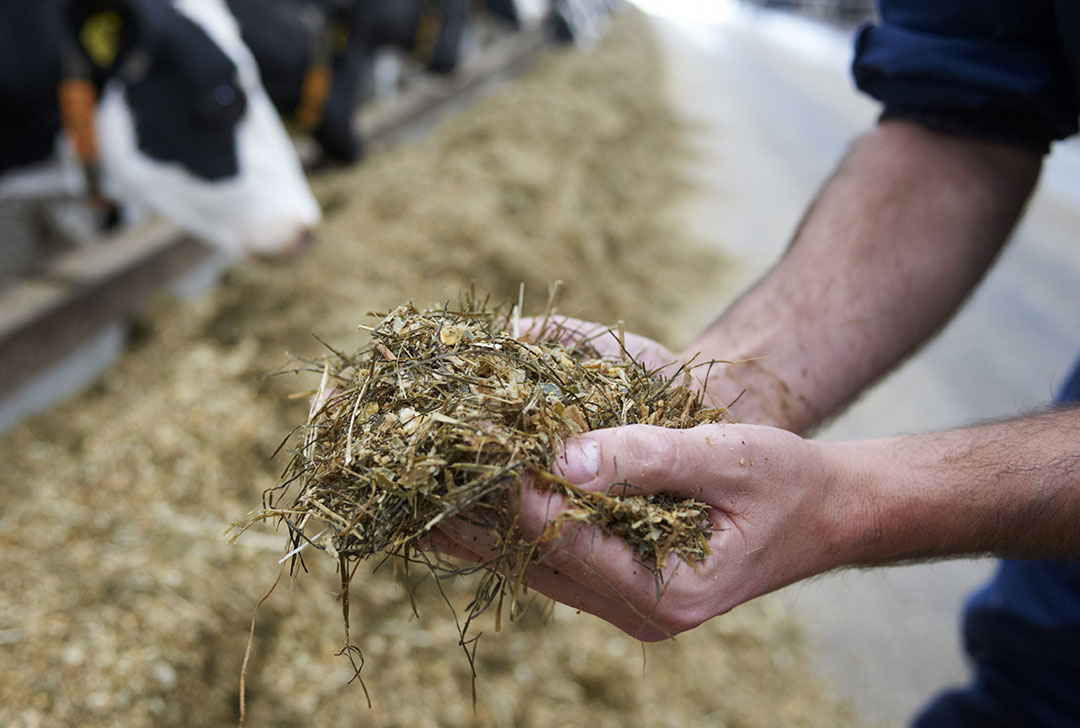
What are the actors that affect feed intake, digestibility, and utilisation of feed nutrients in cattle? And moreover, how can they be influenced? 7 factors are listed here.
1. Overfeeding
Cattle are adversely affected by overfeeding and often show symptoms of bloat, indigestion, and acute distention or impaction of the stomach. Also, bacterial species such as Clostridium welchii are normally found in the intestinal contents of animals under overfeeding conditions with excessive toxin production in the intestine, the absorption of which produces the disease. In dairy cows that are overfed when record-breaking production is desired, such symptoms of digestive disorders appear suddenly with a resulting drop of the milk yield. Ketosis may also occur in heavily fed animals as they become unable to complete the oxidation of fats in the body. The incomplete oxidation products (ketone bodies) accumulate in the blood and adversely affect body condition and milk quality.
2. Underfeeding
A long-continued deficiency of vitamins and minerals usually leads to the development of the so-called nutritional diseases which can cause irreparable damage and must be avoided. A deficiency of other factors, such as moderate energy or protein deficiency, tends to retard growth but is not particularly harmful if not continued too long, especially if the animal is neither pregnant nor expected to produce efficiently. In breeding animals, however, underfeeding greatly decreases their normal reproductive activity. The underfed female may not come in heat regularly, and if she does become pregnant the young may not be carried to term, or if born, will probably be weak and unthrifty.
3. Feed processing
Grinding often improves feed intake and may also add metals to the feed. It was found, for example, that grinding of citrus pulp by Wiley mill significantly increased iron, zinc, copper, sodium, and manganese in the form of finely pulverised metals which may be better utilised than the same elements inherently present in the feed. Grinding may, in some cases, adversely affect digestibility but to a varying extent depending on the degree of fineness. Dry matter digestibility of hay that was ground coarse, medium fine, and very fine was decreased by 3.2%, 7.6%, and 15.1%, respectively compared to hay fed in the long form. The coarsely-ground hay is not only more digestible but is also more palatable. In addition, it allows a longer time of rumination, larger amounts of saliva produced, and a higher acetate-to-propionate ratio in the rumen which is particularly important for dairy cows since acetate is the main precursor of milk fat synthesis. Heat treatment of other feeds was found to be beneficial, particularly in the cases where ingredients such as cottonseed or soybean are incorporated into the ration. Heating of such ingredients at 140-150°C for 2-3 minutes leads to the destruction of the natural toxins and inhibitors present in the feed (free gossypol in cottonseed and trypsin inhibitors in soybean) and hence improves their nutritional value.
Also read: Tips for feeding new-born calves in winter
4. Feeding frequency
When feeding animals 5-6 times per day, there will be a stable pH in the rumen at levels ranging for about 5.5 to 5.8, but when feeding for only 1-2 times per day, the pH value will, in this case, vary from about 5.1 to 7.1 within the same day. With a stable pH value in the rumen, digestibility of dietary fibre will be increased due to the increased microbial activity in the rumen which results from the increased energy level needed for such an activity (the rumen ATP concentration is 2.5 times more under high-frequency feeding compared to the low-frequency feeding). Also, the high-frequency feeding decreases the amount of ammonia produced in the rumen following digestion of protein, indicating low rates degradable protein formation and high rates of non-degradable protein which is used for the productive purpose. The increased ratio of non-degradable protein relative to the degradable protein in the rumen is probably attributed to the increased rate of passage of digesta from the rumen with high-frequency feeding thereby allowing insufficient time for degradation.
5. Environmental factors
Several environmental factors can influence the feed intake in animals, such as: heat stress, rain, noise, and high altitude.
6. Animal factors
Several animal factors can influence the feed intake in animals, such as age, pregnancy, and level of exercise.
7. Diseases
A study was conducted to quantify feed intake decreases and associated milk production losses related to health disorders in dairy cows. Feed intake was reduced by 6.7–14.7 kg DM under disease conditions such as diarrhoea, mastitis, ketosis and milk fever with a 1.94-kg milk yield loss per kg DM intake decrease. External parasite infestation for example can adversely affect the protein status of the animal. Assuming an animal is infested with 200 ticks, then on a daily basis, the animal may lose 200ml of blood or 40g protein (assuming blood is 20% protein). An increase in requirements for a protein of 40g could be met by feeding 150g cottonseed meal or from the microbial protein produced in the rumen from 250g of digestible carbohydrate. The requirements for amino acids is, therefore, increased by parasitism and cattle will be more imbalanced for their nutrients during and sometime after treatment for parasites. Protein depleted animals are likely to produce more heat and the ME utilisation will be decreased.
The effects of internal parasites on cattle will vary with the severity of infection as well as age and stress level of the animal. The internal parasites affect feed intake by animals to a varying extent depending on the magnitude of infestation. Such a relationship may be attributed to the effect of the parasites on rumen motility, rumen pH, and the hormonal system regulating the appetite and feed intake. The internal parasites also affect digestion and utilisation of dietary proteins, due to the decreased feed intake and the need of animal to use feed proteins as a compensatory source of energy.
Improvement strategies
What can be done to prevent reduced feed intake and utilisation by all these factors?
- Overfeeding of animals beyond its actual requirement should be avoided. Apart from feed economy, overfeeding adversely affects the rumen environment and causes many health and production problems. Underfeeding should also be avoided as it causes nutritional diseases which cause irreparable damage.
- Feed should be properly processed and offered several times per day in order to maintain normal rumen functions and improve utilisation.
- Animals under confined feeding operations should be exercised for a while every day in order to improve digestibility and utilisation of feed nutrients. It should also be considered that the response of animals to the feed may vary as a result of the physiological changes associated with the age and that the rationing should be adjusted accordingly.
- Heat stress adversely affects feed utilisation and milk production and should, therefore, be alleviated by means of dietary manipulation (addition of buffers with extra amounts of fat, protein, and minerals), and also by modification of the micro-climate (shades, sprinklers, etc.)
- Exposure of animals to noise stress also affects rumination and metabolic process. In the cases where noise stress cannot be avoided, supplementation of feed with additional antioxidants may help alleviate the adverse metabolic reactions associated with noise.
- Animals should always be maintained in good health conditions. They should also be treated against internal parasites by means of deworming and proper pasture management in order to minimize the effects of the internal parasites on feed utilisation and animal production. Likewise, external parasites should be strictly controlled through the use of pesticides. This should, however, be done under the supervision of the veterinarian who will guide the treatment depending on the degree of infestation and on the age and health of the animal.
References are available from the author upon request.
The All About Feed Newsletter
Sign up for our newsletter and receive all our need-to-know content three times a week.




